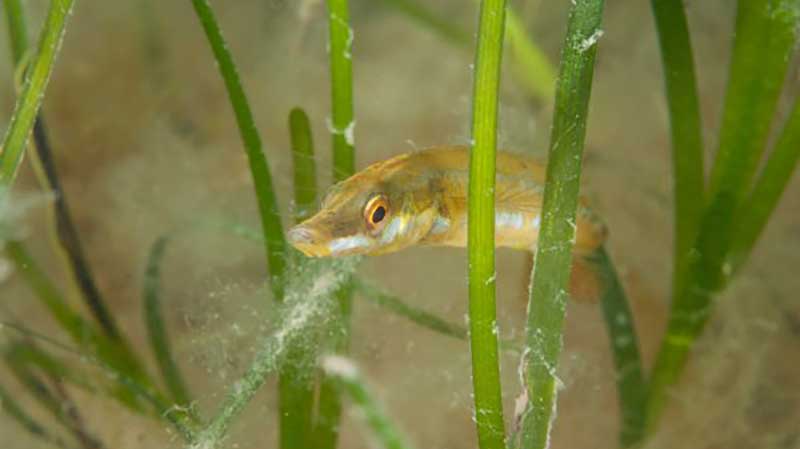According to a research paper that investigated fish and macro faunal community response patterns to a range of seagrass habitat variables, seagrass cover has a measurable effect on the abundance and distribution of fauna, with species specific preferences to both high and low seagrass cover seagrass.
Seagrasses (often known as eelgrass and submerged aquatic vegetation) are flowering plants that form meadows (or beds) covering up to 600,000 sq. km of the oceans. Seagass meadows exist in sheltered marine and estuarine environments. They are important nursery habitats, harbor significant biodiversity and represent at large proportion of the total marine primary production. They also act as global carbon sinks and make a major contribution to global nitrogen cycling. These ecosystems are sadly being lost at alarming rates globally and research is required to help direct the future conservation of these productive and biodiverse systems. Understanding the key drivers of their biology and their socio-economic values are critical to developing long-term conservation management strategies that promote their resilience into the future.
According to the paper abstract, “The faunal species composition of low cover seagrass was more similar to sandy control plots than to higher cover seagrass . . . species richness was significantly higher in high cover seagrass than in low cover seagrass, indicating increasing habitat value as density increases.”
Authors Dr. Richard Unsworth and research assistant Rosemary McCloskey of Swansea University’s (Wales) Seagrass Ecosystem Research Group (SERG) concluded that highly complex seagrasses “have a higher ecosystem service value, particularly as the species sampled were mostly juveniles of commercial importance to fisheries.”
They added that, “Seagrass meadows are increasingly subjected to the impacts of disturbance from small scale factors such as boat anchoring, the use of static moorings and the exploitation of associated fauna. Present research suggests that these activities if damaging the seagrass will have an impact upon associated fauna, many species of which are of commercial fisheries importance.”
The research was published 23 June 2015 in PeerJ. To read the full article, visit peerj.com/articles/1053/. To learn more about SERG, visit www.seagrass.org.uk.



